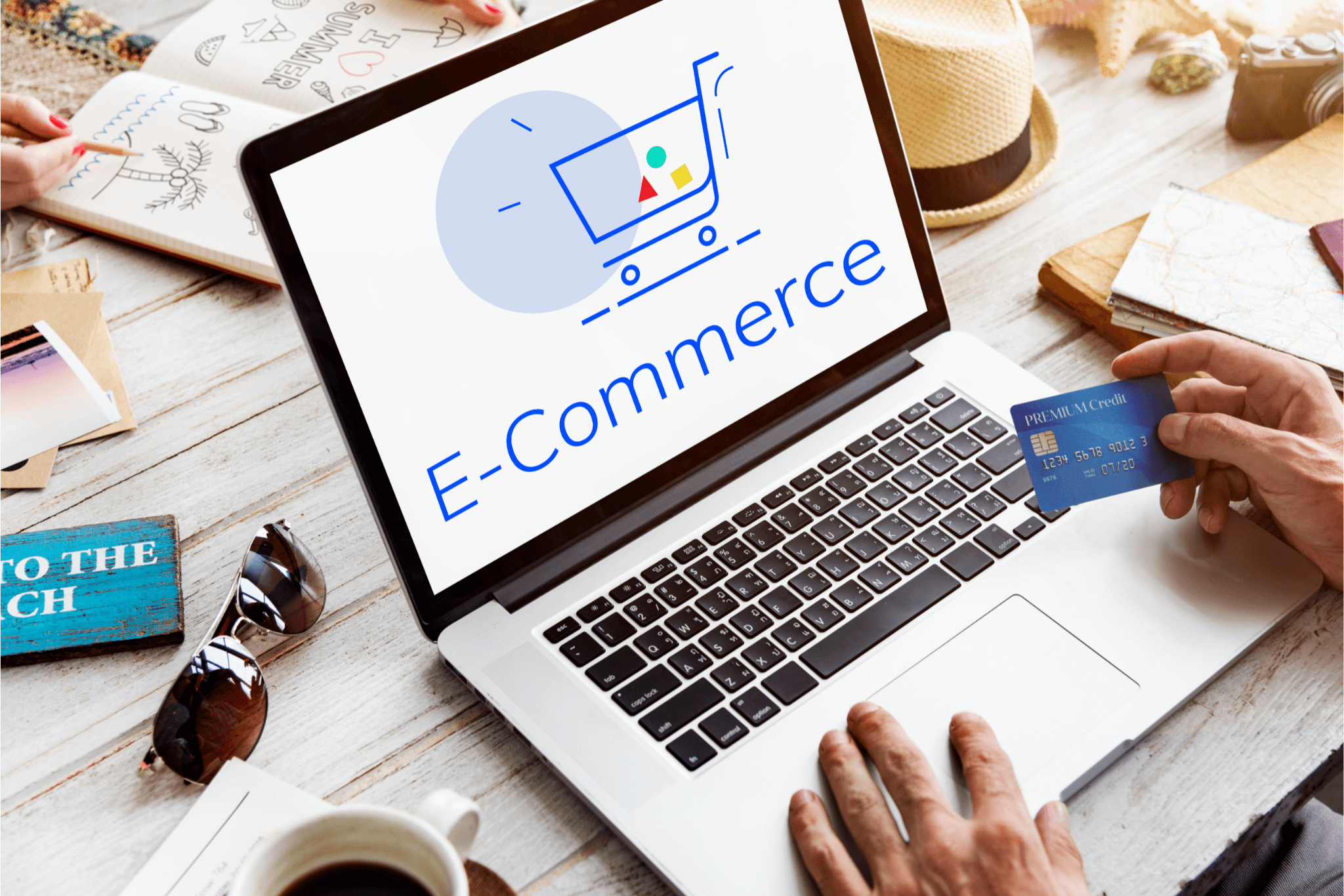
Online shopping has become an essential part of modern commerce. Shopper behavior has changed in recent years, and now many turn to the internet before heading out to a physical shop. E-commerce businesses now have the upper hand; they are easy to find and order from, saving the customer time.
E-commerce business owners are willing to put in the effort and optimize their online business to benefit the most from this state of affairs. But where do they start?
If you want to know more about boosting your e-commerce sales, stay a while and read all about ten proven strategies meant to improve your eCommerce business.
It’s important to convince potential customers that your business is legit and trustworthy. That means building trust with them. You can do that by:
- Keeping a consistent branding
- Optimizing and upgrading product images to high-quality ones
- Using a modern web design for your website
Use visible elements on your website to help web visitors associate your business with credibility. These elements include an SSL certificate site-wide to ensure visitors that their data is safely encrypted.
Testimonials, customer reviews, and case studies are other symbols of trust, like award or certification badges and logos of popular customers.
2. Use high-quality images
Visual content is a powerful tool for convincing customers to make a purchase. It can make a difference in sales and influence customers’ buying decisions.
High-quality visuals help customers better understand the product, reducing hesitation. Professional images and personalized videos build trust in your brand and product quality. Clear, detailed visuals help set accurate expectations, decreasing the likelihood of returns.
The high-quality image shows off product quality and features that are difficult to describe or visualize in other ways.
3. Work on on-page SEO
On-page SEO is an amazing visibility booster. It draws organic traffic and makes it easier for future clients to reach your website using keywords.
These keywords are transactional or commercial, meaning they are what people type in search engines when looking for a product or making a purchase. They appear in the page link, title, text, headers, and image descriptions. They are excellent for an e-commerce website because you can utilize them on product pages and descriptions.
4. Make user experience a priority
You can increase traffic, retain more users, and boost sales by optimizing your website for user experience. There are many factors to consider here, but you can start with intuitive store navigation, payment options, and checkout process.
Also, consider factors that would make your website more likely to rank in search consoles:
- Accessibility – ensure all visitors can understand and interact with the content
- Readability – use appropriate font sizes and high-contrast color schemes
- Core web vitals – use Page Speed Insights to measure how long it takes your pages to load, how long it takes a user to interact first with a page, and how much the content layout shifts suddenly
5. Optimize website elements for mobile users
Users on mobile devices have become the majority nowadays. Around 70% of ecommerce web traffic comes from them. Use this to your advantage and prioritize an amazing mobile customer experience. That basically means making the website easy to read and interact with on small screens.
Use appropriate fonts, large CTA buttons, and a lot of white space to balance content out. Responsive design is highly beneficial as it automatically adjusts content to fit various screen sizes.
6. Create useful product filters
Product filters allow your users to sort products based on their interests. They improve website experience and increase the chances of someone staying on your website longer or even making a purchase.
Product filters are very important for online shops with large product stocks. Categories can have hundreds of products. Filters can further narrow down the number, enabling searchers to find products that match their specific requirements or features.
7. Write effective product descriptions
Clear, concise, and heartfelt product descriptions can help increase conversion rates and generate more sales.
The product description should be crafted to minimize or eliminate any obstacles to making a purchase. It should also anticipate and overcome visitor reservations, address their pain points, and explain how it can solve them.
In short, the product description should contain useful information for potential customers. It should also include any useful technical specs.
8. Use the marketing funnel to attract customers
Find ways to target new users through their buying journey to increase traffic and get more sales. In an ideal world, your website would attract users when they make a purchasing decision. But you can also generate traffic through the other stages of the marketing funnel:
- Awareness – the visitor is just aware of the need for the product
- Consideration – the user is narrowing down their options
- Conversion – the user is almost ready to make a purchase; they just need a push
- Loyalty – the user is already converted and shows brand affinity
With each of these stages, you have a new opportunity to increase website traffic. Some users need more product information, others need to see comparisons between your product and the competition. You can target them with content that solves their problems and nudge them in the direction you want them to go. Just remember that more website visitors captured at the awareness stage means more potential customers later.
9. Create a sense of urgency
Scarcity tactics, such as limited-time offers, can influence customers to act quickly. This technique encourages quicker decision-making and reduces the time customers spend contemplating a purchase because of the fear of missing out.
Limited-time offers, or low stock notifications can push a hesitant buyer to convert. Urgency in marketing campaigns can make them more compelling, driving more sales.
10. Leverage social media advertising
Social media platforms are powerful tools for reaching and engaging potential customers. You can extend your e-commerce brand’s presence to social media to reach new audiences and get more website traffic.
There are 5 billion social media users online. That is a huge potential market for you. Be active on platforms like Facebook, Instagram, or TikTok to get more awareness. Communicate on these platforms and grow a community or an audience, if possible. People like to be up to date with new products, sales, or discounts.
You can also use targeted ads to get specific audience segments to see you and possibly buy from you. You can also boost audience engagement with giveaways and contests if your e-commerce brand permits.
Social media can double as customer support. Visitors and clients can contact you directly, and you can build rapport with them by being active and responsive. They can also make your brand look more trustworthy, especially when customers write you comments or reviews.
Conclusion
Integrate these proven strategies into your e-commerce marketing plan and boost your sales, improve customer satisfaction, and build a more successful online store in the process.
With each of these strategies, you can optimize your e-commerce sales and meet your business needs and goals. Your challenge is to implement them correctly.
Start with one change at a time and go from there as you see your site statistics and sales grow.
Raghav is a talented content writer with a passion for creating informative and interesting articles. With a degree in English Literature, Raghav possesses an inquisitive mind and a thirst for learning. Raghav is a fact enthusiast who loves to unearth fascinating facts from a wide range of subjects. He firmly believes that learning is a lifelong journey and he is constantly seeking opportunities to increase his knowledge and discover new facts. So make sure to check out Raghav’s work for a wonderful reading.




